Home>Gardening & Outdoor>Landscaping Ideas>In What Month Does The Grass Stop Growing
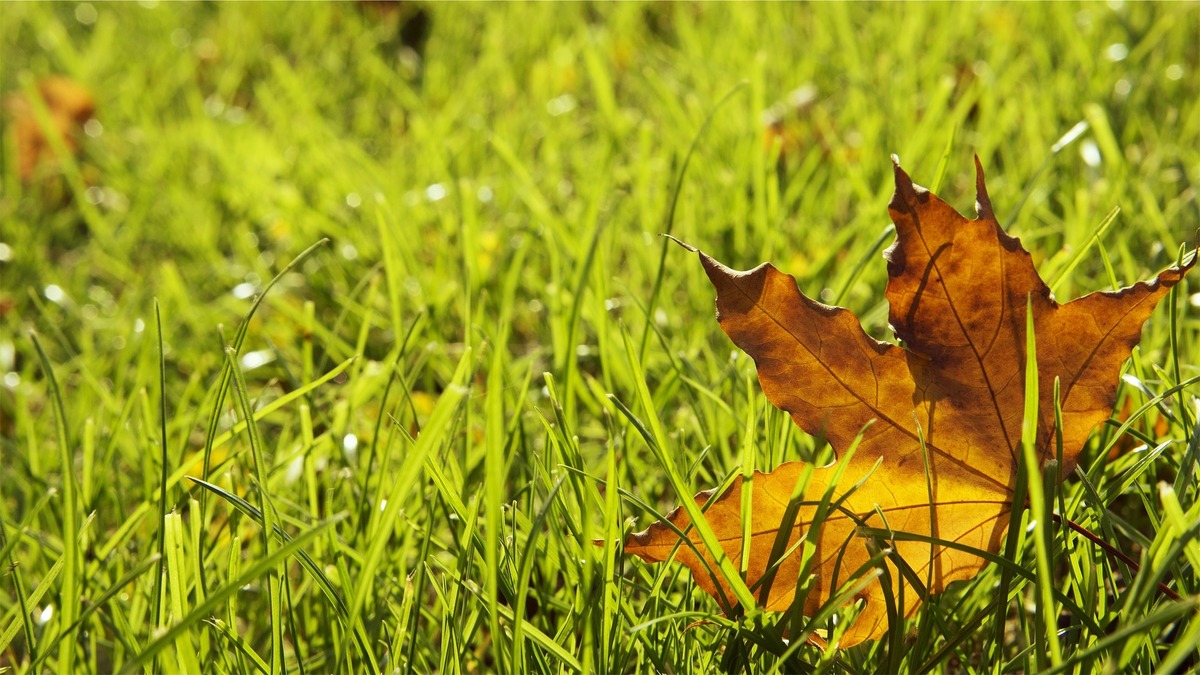

Landscaping Ideas
In What Month Does The Grass Stop Growing
Modified: February 18, 2024
Discover the best landscaping ideas for managing grass growth. Learn when the grass stops growing and how to maintain your lawn effectively. Explore expert tips and solutions.
(Many of the links in this article redirect to a specific reviewed product. Your purchase of these products through affiliate links helps to generate commission for Storables.com, at no extra cost. Learn more)
Introduction
Grass is a fundamental element of landscapes, contributing to the beauty and functionality of outdoor spaces. Understanding the growth patterns of grass is essential for maintaining lush, healthy lawns and gardens. The growth of grass is influenced by various factors, including temperature, daylight hours, and moisture levels. By delving into these factors, we can gain valuable insights into the optimal conditions for promoting robust grass growth throughout the year.
Grass growth is a dynamic process that responds to the changing seasons and environmental conditions. As the seasons transition, the growth patterns of grass undergo significant fluctuations, impacting the maintenance requirements and overall appearance of lawns and green spaces. By exploring the interplay of temperature, daylight hours, and moisture, we can unravel the intricate mechanisms that govern the growth and dormancy of grass.
Understanding the nuances of grass growth empowers landscaping enthusiasts and homeowners to make informed decisions regarding lawn care and maintenance. By aligning landscaping practices with the natural growth cycles of grass, individuals can cultivate vibrant, resilient lawns that thrive in harmony with the surrounding environment. This holistic approach to grass growth fosters sustainable landscaping practices and enhances the visual appeal of outdoor spaces.
In the following sections, we will delve into the multifaceted influences on grass growth, shedding light on the seasonal dynamics that shape the ebb and flow of grass vitality. By examining the impact of temperature, daylight hours, and moisture on grass growth, we can uncover the intricate interplay of environmental factors that dictate the flourishing or dormancy of grass throughout the year. Let's embark on a journey to unravel the captivating intricacies of grass growth and gain valuable insights into nurturing thriving landscapes.
Key Takeaways:
- Grass growth is influenced by temperature, daylight hours, and moisture. Understanding these factors helps maintain vibrant lawns that thrive in harmony with the environment, promoting sustainable landscaping practices.
- Grass growth patterns change with the seasons. By aligning lawn care with these patterns, individuals can foster visually captivating landscapes that evolve in synchrony with the changing seasons, ensuring vibrant, resilient lawns throughout the year.
Read more: What Month Does Grass Start Growing
Factors Affecting Grass Growth
Grass growth is influenced by a myriad of factors that collectively shape its vitality and resilience. Understanding these factors is crucial for implementing effective lawn care practices and fostering lush, vibrant landscapes. The interplay of temperature, daylight hours, and moisture levels profoundly impacts the growth patterns of grass, dictating its flourishing or dormancy throughout the year.
The Impact of Temperature on Grass Growth
Temperature plays a pivotal role in regulating the growth and dormancy of grass. As temperatures rise, grass experiences accelerated growth, with the metabolic processes within the plant becoming more active. Warmer temperatures stimulate photosynthesis, enabling grass to harness sunlight and convert it into vital energy for growth. Conversely, during periods of extreme heat or cold, grass may enter a state of dormancy to conserve energy and protect itself from environmental stressors. Therefore, maintaining optimal temperature conditions is essential for promoting consistent and robust grass growth.
The Role of Daylight Hours in Grass Growth
Daylight hours exert a profound influence on the growth patterns of grass. As the days lengthen during spring and summer, grass receives an increased duration of sunlight, fueling its photosynthetic activity and promoting vigorous growth. Conversely, as daylight hours diminish in the fall and winter, grass enters a phase of reduced metabolic activity, preparing for dormancy. The fluctuating duration of daylight hours throughout the year serves as a critical determinant of grass growth, shaping its seasonal vitality and resilience.
The Effect of Moisture on Grass Growth
Moisture levels profoundly impact the growth and health of grass. Adequate moisture is essential for sustaining the metabolic processes within the plant, facilitating nutrient uptake and cellular expansion. Insufficient moisture can impede grass growth, leading to wilting and discoloration. Conversely, excessive moisture, such as prolonged periods of rainfall or overwatering, can create waterlogged conditions that hinder root development and promote disease. Balancing moisture levels through strategic irrigation practices is vital for nurturing optimal grass growth and maintaining vibrant, resilient lawns.
By comprehensively understanding the multifaceted influences of temperature, daylight hours, and moisture on grass growth, landscaping enthusiasts and homeowners can cultivate thriving landscapes that harmonize with the natural rhythms of the environment. By aligning lawn care practices with the seasonal dynamics of grass growth, individuals can foster resilient, visually captivating lawns that flourish throughout the year.
The Impact of Temperature on Grass Growth
Temperature exerts a profound influence on the growth and dormancy of grass, playing a pivotal role in shaping the seasonal vitality of lawns and green spaces. As temperatures fluctuate throughout the year, grass undergoes dynamic physiological responses that dictate its growth patterns and overall health.
During periods of moderate temperatures, typically experienced during the spring and fall seasons, grass exhibits robust growth as the favorable thermal conditions stimulate metabolic processes within the plant. The moderate temperatures create an optimal environment for photosynthesis, enabling grass to efficiently harness sunlight and convert it into essential energy for growth. This phase of active growth is characterized by the emergence of vibrant green shoots and the proliferation of new blades, imparting a rejuvenated appearance to lawns and landscapes.
Conversely, during periods of extreme heat, grass may enter a state of dormancy as a protective mechanism to conserve energy and withstand environmental stressors. High temperatures can impede the metabolic activity of grass, leading to a slowdown in growth and a reduction in overall vigor. In response to prolonged heat waves, grass may exhibit signs of stress, such as wilting and browning, as it redirects its resources to survival-oriented processes.
Similarly, during periods of extreme cold, grass may undergo dormancy to mitigate the adverse effects of freezing temperatures. Cold stress can impede the metabolic functions of grass, hindering its capacity for growth and vitality. As winter sets in, grass may adopt a dormant state, characterized by reduced metabolic activity and a cessation of visible growth. This dormancy serves as a protective mechanism, allowing grass to conserve energy and endure harsh winter conditions until the arrival of more favorable temperatures.
By comprehensively understanding the impact of temperature on grass growth, landscaping enthusiasts and homeowners can implement strategic measures to support the resilience and vitality of their lawns. By leveraging this knowledge, individuals can adapt their lawn care practices to align with the seasonal dynamics of grass growth, fostering lush, vibrant landscapes that thrive in harmony with the fluctuating temperatures of the environment.
The Role of Daylight Hours in Grass Growth
Daylight hours play a pivotal role in shaping the growth patterns of grass, exerting a profound influence on the seasonal vitality and resilience of lawns and green spaces. As the duration of daylight fluctuates throughout the year, grass undergoes dynamic physiological responses that dictate its metabolic activity and overall growth.
During the spring and summer seasons, the lengthening daylight hours serve as a catalyst for robust grass growth. The increased exposure to sunlight fuels the process of photosynthesis, enabling grass to efficiently convert solar energy into vital nutrients and sugars essential for cellular growth and expansion. As a result, lawns and landscapes experience a surge in grass vitality, characterized by the emergence of lush, verdant blades and the proliferation of new shoots. This phase of active growth is a testament to the transformative impact of extended daylight hours on the flourishing of grass.
Conversely, as the days gradually shorten during the fall and winter seasons, grass undergoes a transition in response to the diminishing daylight hours. The reduced exposure to sunlight triggers a slowdown in the metabolic processes within the plant, signaling the onset of dormancy. As grass prepares for the winter months, its growth rate diminishes, and the overall vigor of lawns may appear subdued. This phase of reduced metabolic activity reflects the plant's adaptation to the changing environmental conditions, as it conserves energy and redirects resources to essential survival mechanisms.
The fluctuating duration of daylight hours serves as a critical determinant of grass growth, shaping its seasonal vitality and resilience. By aligning lawn care practices with the natural rhythms of daylight, landscaping enthusiasts and homeowners can foster thriving landscapes that harmonize with the ebb and flow of sunlight throughout the year. Strategic measures, such as adjusting mowing schedules and optimizing irrigation practices in response to daylight variations, enable individuals to support the resilience and vibrancy of their lawns, ensuring that grass thrives in harmony with the changing daylight hours.
By comprehensively understanding the role of daylight hours in grass growth, individuals can cultivate lush, vibrant lawns that reflect the natural rhythms of the environment, fostering a visually captivating outdoor space that evolves in synchrony with the shifting patterns of sunlight.
Grass growth slows down in the fall as temperatures drop and daylight decreases. In most regions, grass growth stops in late fall or early winter, typically around November or December.
The Effect of Moisture on Grass Growth
Moisture plays a pivotal role in shaping the growth and health of grass, exerting a profound influence on the resilience and vibrancy of lawns and green spaces. Adequate moisture levels are essential for sustaining the metabolic processes within the plant, facilitating nutrient uptake, and promoting cellular expansion. Conversely, imbalances in moisture levels can significantly impact grass growth, leading to a range of physiological responses that directly influence the overall vitality of lawns.
Optimal moisture levels create a conducive environment for robust grass growth, enabling the plant to efficiently absorb essential nutrients from the soil and transport them to the cellular level. Adequate moisture fosters turgidity within the plant cells, maintaining their structural integrity and promoting healthy growth. Furthermore, moisture facilitates the uptake of vital minerals, such as nitrogen, phosphorus, and potassium, which are essential for supporting the metabolic processes involved in photosynthesis and cellular expansion.
Conversely, insufficient moisture can impede grass growth, leading to visible signs of stress such as wilting, discoloration, and reduced vigor. During periods of drought or inadequate irrigation, grass may exhibit symptoms of water stress, as the limited moisture availability hinders its capacity to sustain metabolic activity. In response to water scarcity, grass may redirect its resources to prioritize essential functions, such as root development and water conservation, while temporarily slowing down above-ground growth.
On the other hand, excessive moisture, often resulting from prolonged periods of rainfall or overwatering, can create waterlogged conditions that hinder grass growth. Waterlogged soils restrict the availability of oxygen to the roots, impeding their capacity to respire and absorb nutrients. Additionally, waterlogged conditions can create a favorable environment for fungal diseases, such as root rot and leaf spot, further compromising the health and vitality of grass.
By comprehensively understanding the effect of moisture on grass growth, landscaping enthusiasts and homeowners can implement strategic irrigation practices to maintain optimal moisture levels and support the resilience of their lawns. By balancing moisture levels and promoting efficient water management, individuals can nurture vibrant, healthy lawns that thrive in harmony with the natural rhythms of the environment. Strategic measures, such as monitoring soil moisture, adjusting irrigation schedules, and promoting proper drainage, enable individuals to create an environment conducive to robust grass growth, fostering visually captivating landscapes that reflect the harmonious interplay of moisture and vitality.
Read more: What Month To Stop Watering Grass
Grass Growth Patterns Throughout the Year
Grass growth undergoes dynamic and cyclical patterns throughout the year, responding to the changing environmental conditions and seasonal transitions. Understanding these growth patterns is essential for implementing tailored lawn care practices that align with the natural rhythms of grass vitality.
In the spring, as temperatures begin to rise and daylight hours lengthen, grass enters a phase of vigorous growth and rejuvenation. The favorable thermal conditions stimulate metabolic processes within the plant, propelling the emergence of vibrant green shoots and the proliferation of new blades. This period marks a resurgence of grass vitality, as lawns and landscapes undergo a transformation, adorned with lush, verdant expanses that reflect the revitalizing influence of the season.
As summer unfolds, the extended daylight hours fuel the photosynthetic activity of grass, sustaining its robust growth and lush appearance. The heightened exposure to sunlight provides the energy necessary for sustained cellular expansion and the development of resilient root systems. However, prolonged heat waves may prompt grass to enter a state of dormancy as a protective mechanism, conserving energy and enduring the stress of extreme temperatures.
With the arrival of fall, the diminishing daylight hours signal a transition in grass growth patterns. As the days shorten, grass undergoes a gradual slowdown in metabolic activity, preparing for the onset of dormancy. The transition to dormancy is characterized by a reduction in visible growth and a subdued overall vigor, as grass redirects its resources to essential survival mechanisms in anticipation of the impending winter months.
During winter, grass may enter a state of dormancy, marked by minimal metabolic activity and a cessation of visible growth. The dormant phase serves as a protective adaptation to the harsh environmental conditions, allowing grass to conserve energy and endure the challenges posed by freezing temperatures and reduced daylight. While the above-ground growth may appear dormant, the plant's root systems continue to engage in essential functions, anchoring the grass and preparing for the resurgence of growth in the upcoming spring.
By comprehensively understanding the seasonal growth patterns of grass, individuals can tailor their lawn care practices to support the resilience and vitality of their lawns throughout the year. By aligning landscaping efforts with the natural ebb and flow of grass growth, individuals can cultivate visually captivating landscapes that evolve in synchrony with the changing seasons, fostering vibrant, resilient lawns that thrive in harmony with the dynamic rhythms of the environment.
Conclusion
In conclusion, the growth of grass is a dynamic and multifaceted process that responds to the interplay of temperature, daylight hours, and moisture levels throughout the year. By unraveling the intricate influences of these factors, we gain valuable insights into the seasonal dynamics that shape the ebb and flow of grass vitality. Understanding the impact of temperature on grass growth illuminates the pivotal role of thermal conditions in dictating the plant's metabolic activity and overall health. Similarly, recognizing the role of daylight hours in grass growth underscores the transformative influence of sunlight on the seasonal vitality of lawns and landscapes. Furthermore, comprehending the effect of moisture on grass growth highlights the essential role of balanced moisture levels in sustaining the resilience and vibrancy of grass.
By aligning lawn care practices with the natural rhythms of grass growth, individuals can cultivate thriving landscapes that harmonize with the fluctuating environmental conditions. Strategic measures, such as adjusting irrigation schedules, optimizing mowing practices, and promoting efficient water management, enable individuals to create an environment conducive to robust grass growth. By leveraging this knowledge, landscaping enthusiasts and homeowners can foster lush, vibrant lawns that reflect the natural rhythms of the environment, creating visually captivating outdoor spaces that evolve in synchrony with the changing seasons.
The seasonal growth patterns of grass, characterized by phases of rejuvenation, robust growth, and dormancy, underscore the dynamic nature of grass vitality throughout the year. By tailoring lawn care practices to align with these growth patterns, individuals can support the resilience and vitality of their lawns, ensuring that grass thrives in harmony with the fluctuating temperatures, daylight hours, and moisture levels. This holistic approach to grass growth fosters sustainable landscaping practices and enhances the visual appeal of outdoor spaces, creating an environment where vibrant, resilient lawns flourish throughout the year.
In essence, the comprehensive understanding of the factors influencing grass growth empowers individuals to make informed decisions regarding lawn care and maintenance. By embracing the natural ebb and flow of grass vitality, individuals can cultivate visually captivating landscapes that evolve in synchrony with the changing seasons, fostering vibrant, resilient lawns that thrive in harmony with the dynamic rhythms of the environment.
Frequently Asked Questions about In What Month Does The Grass Stop Growing
Was this page helpful?
At Storables.com, we guarantee accurate and reliable information. Our content, validated by Expert Board Contributors, is crafted following stringent Editorial Policies. We're committed to providing you with well-researched, expert-backed insights for all your informational needs.
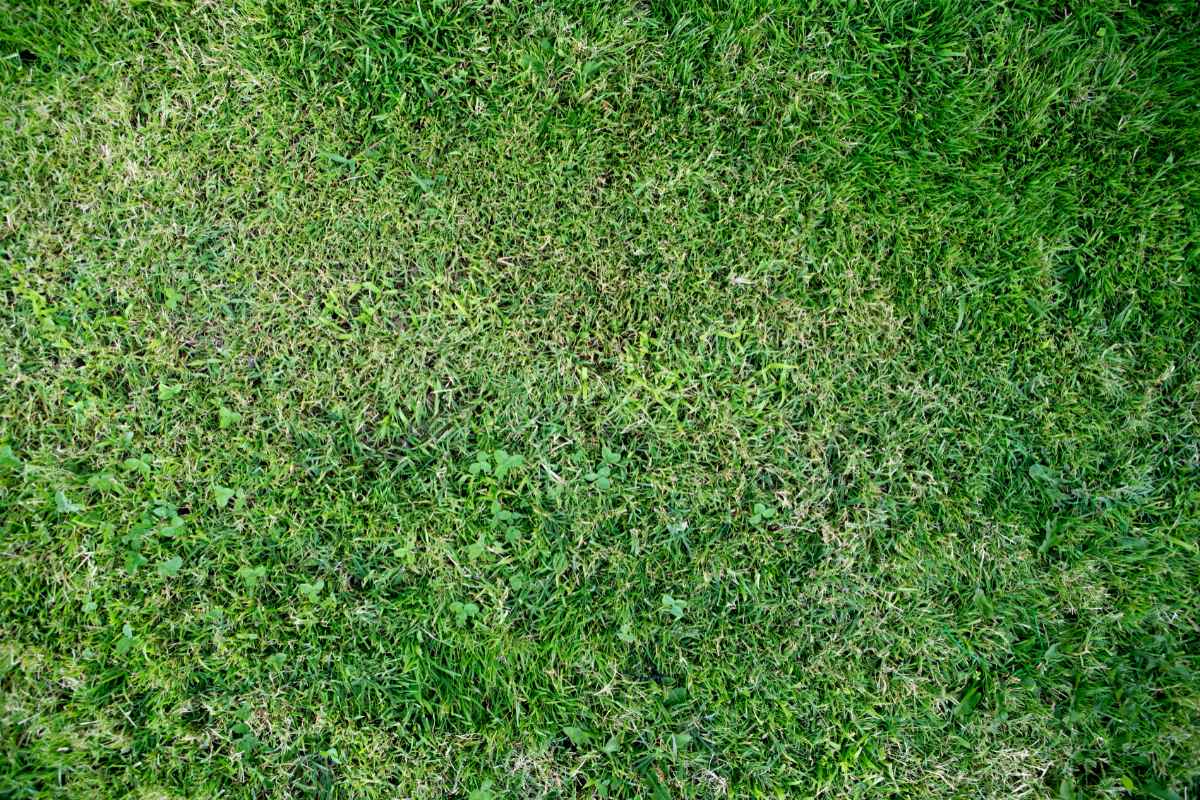
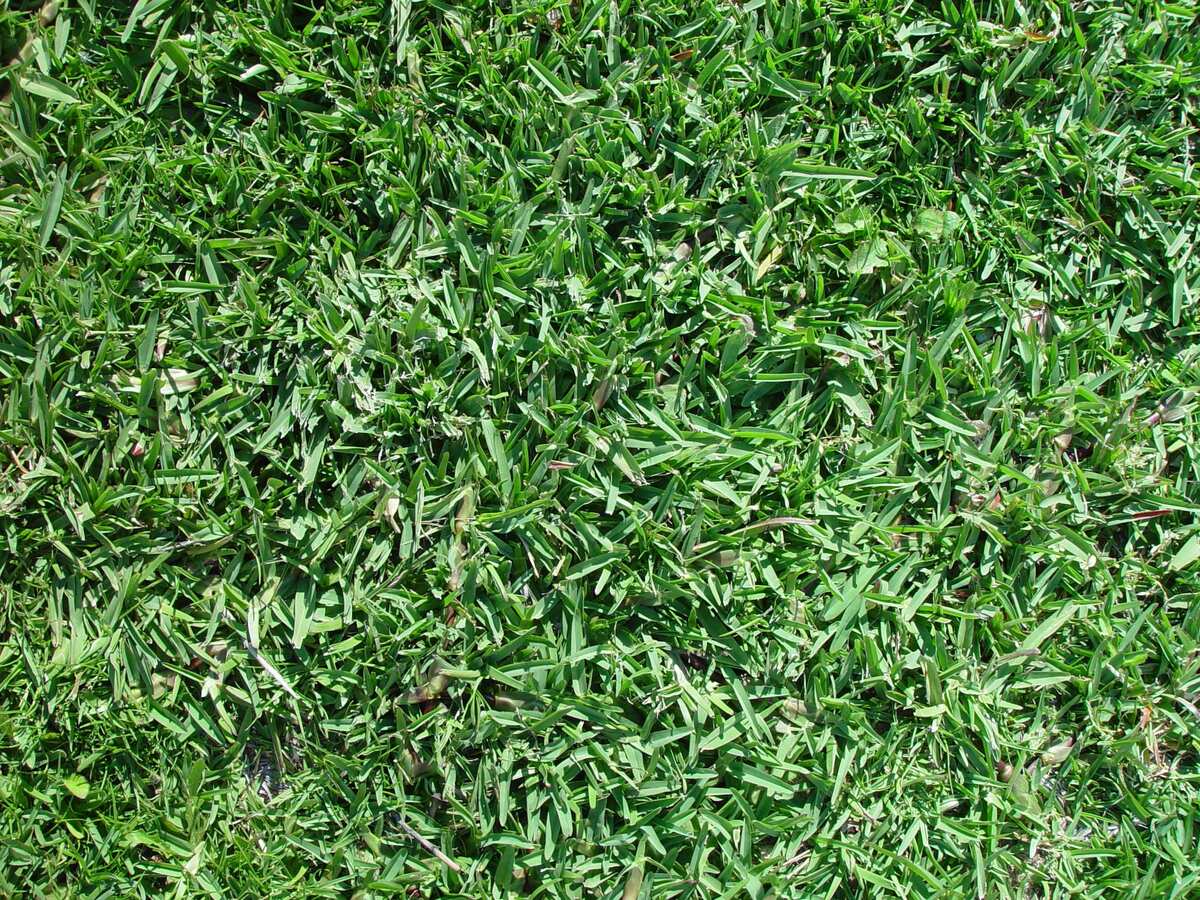
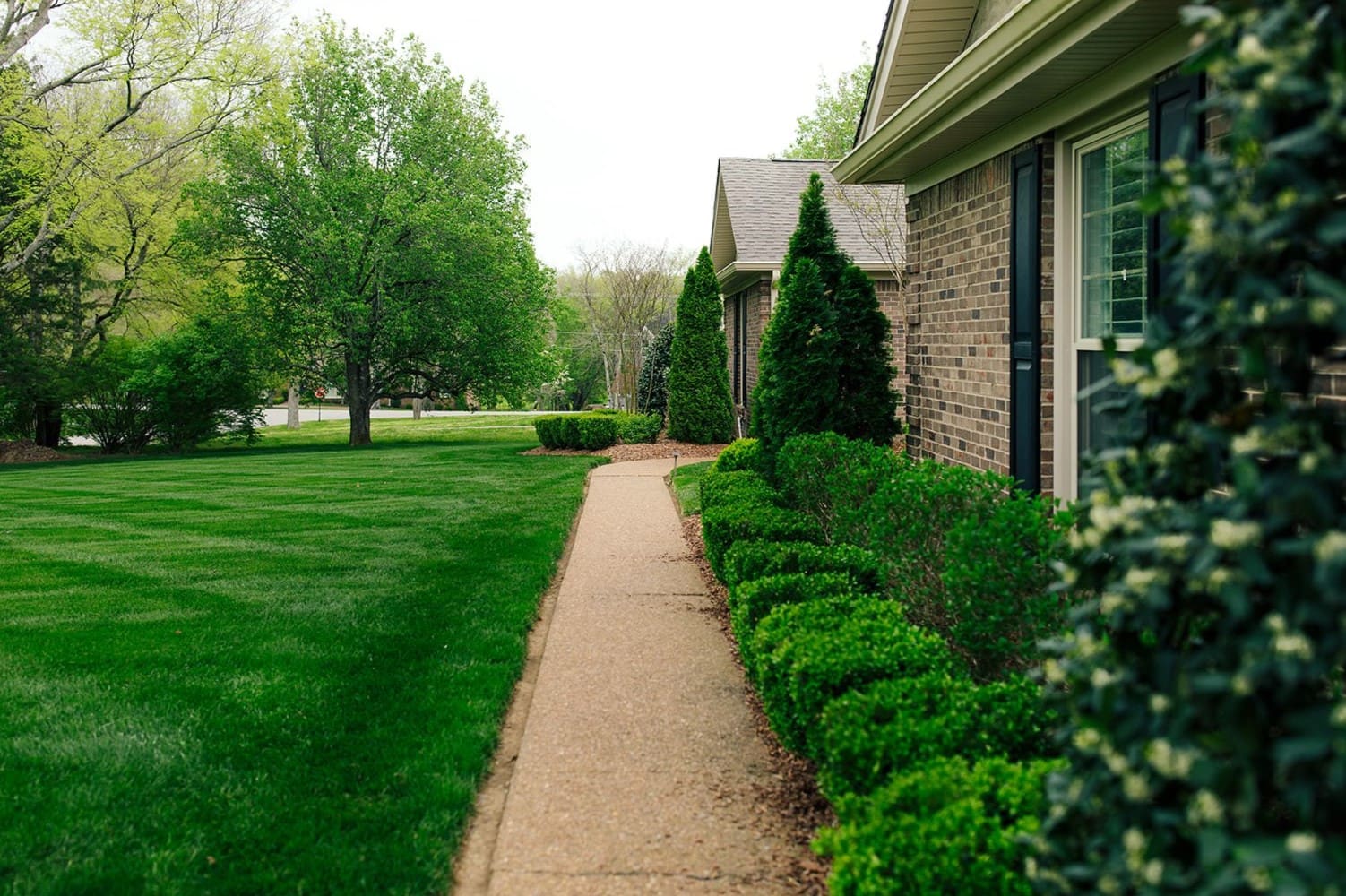
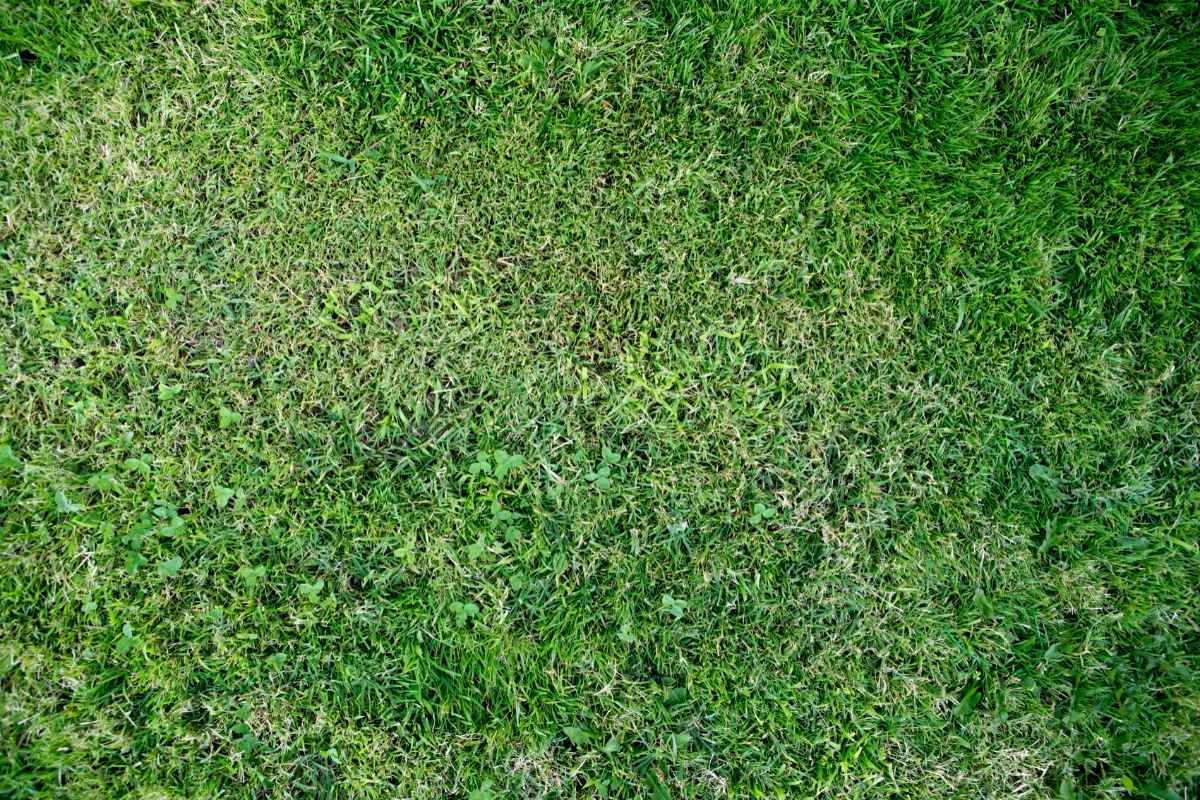

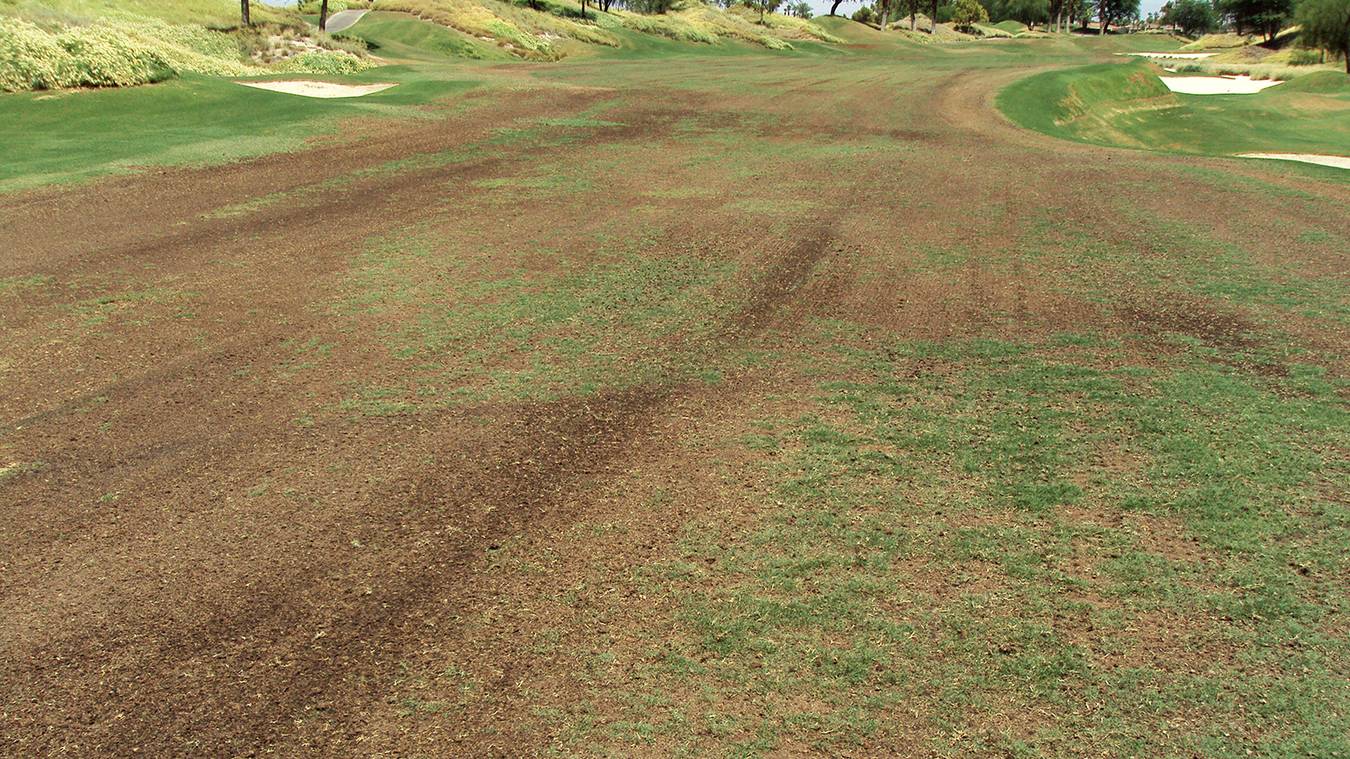
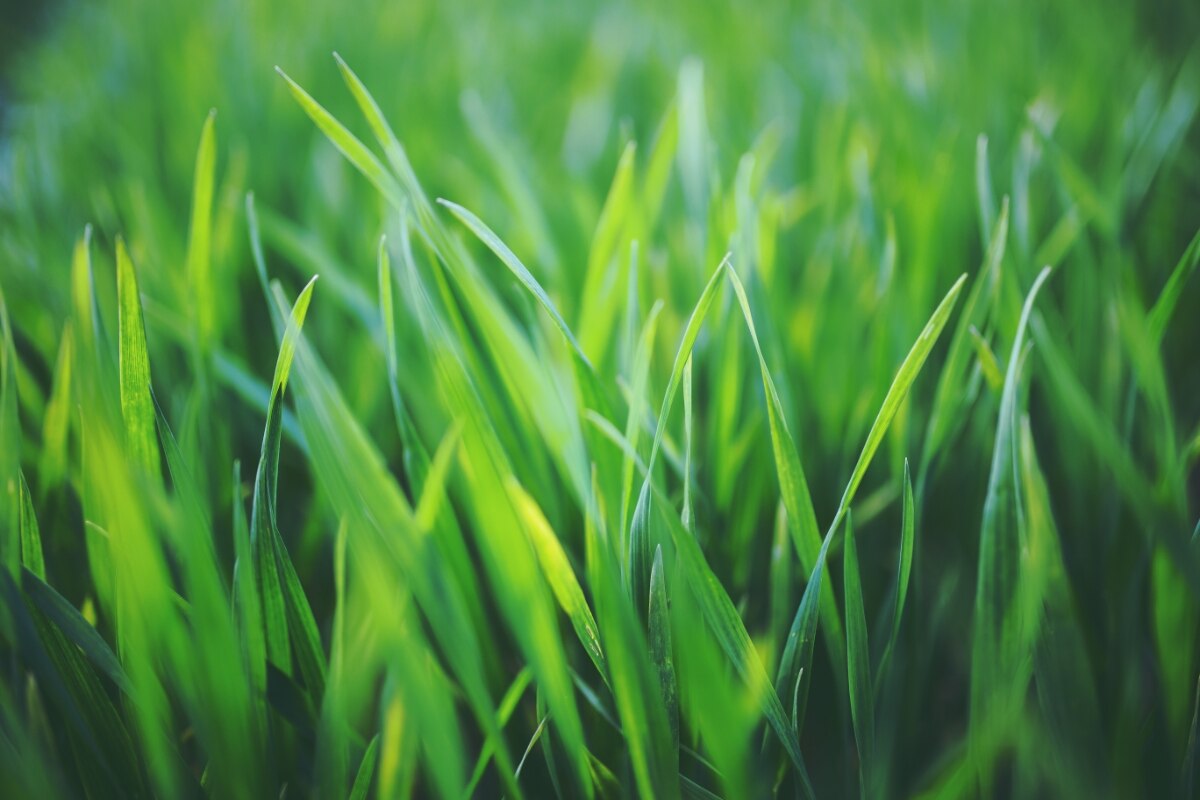

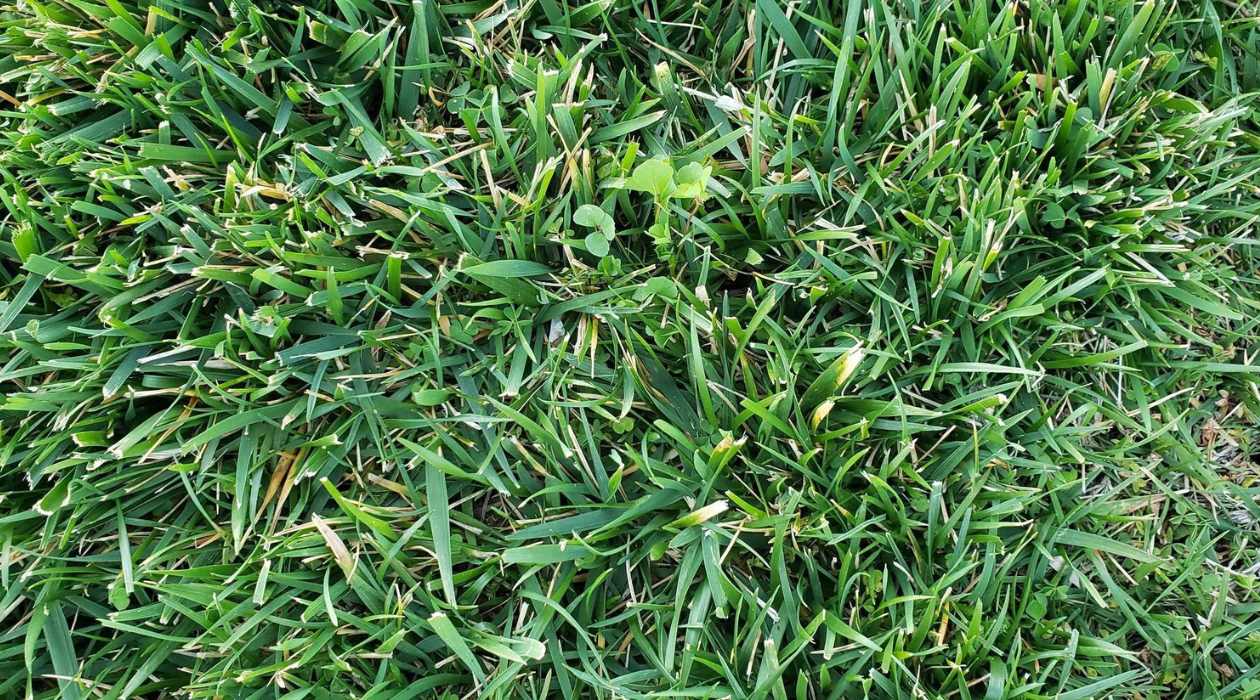
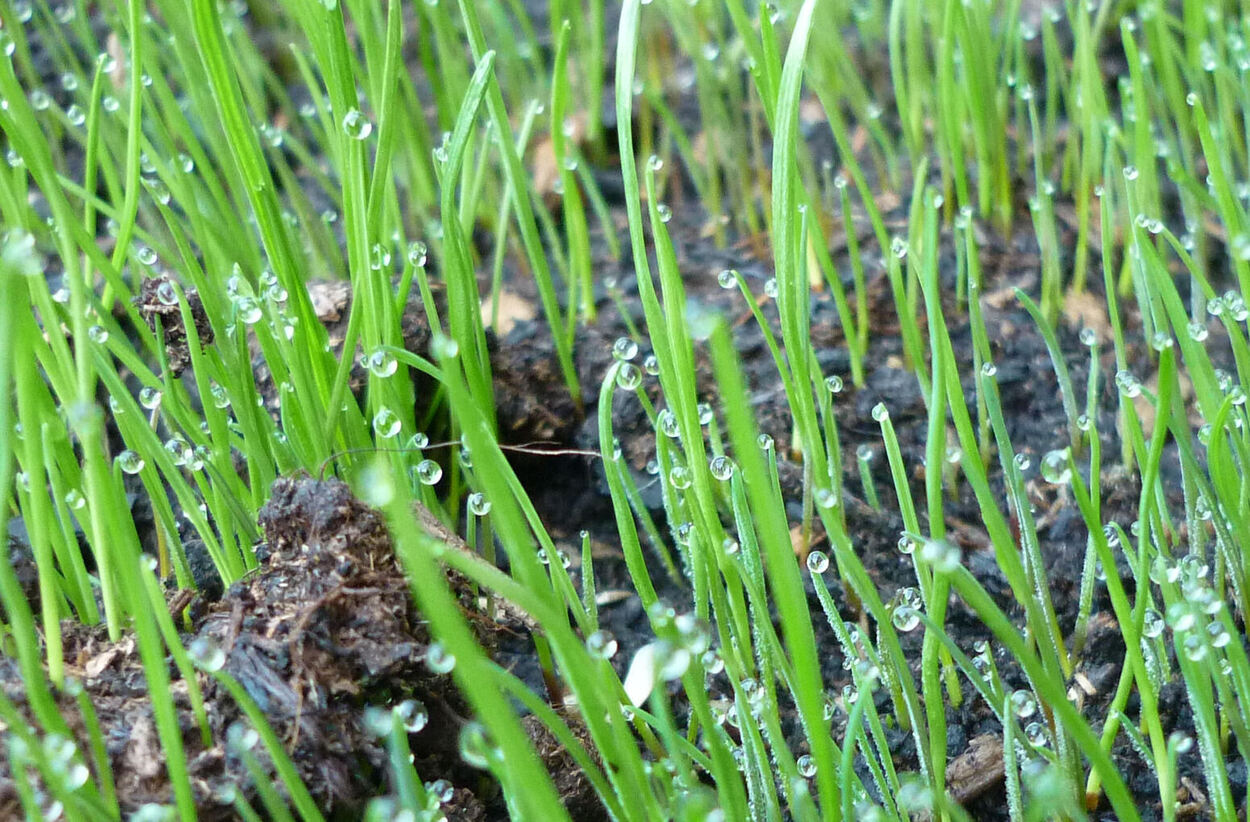


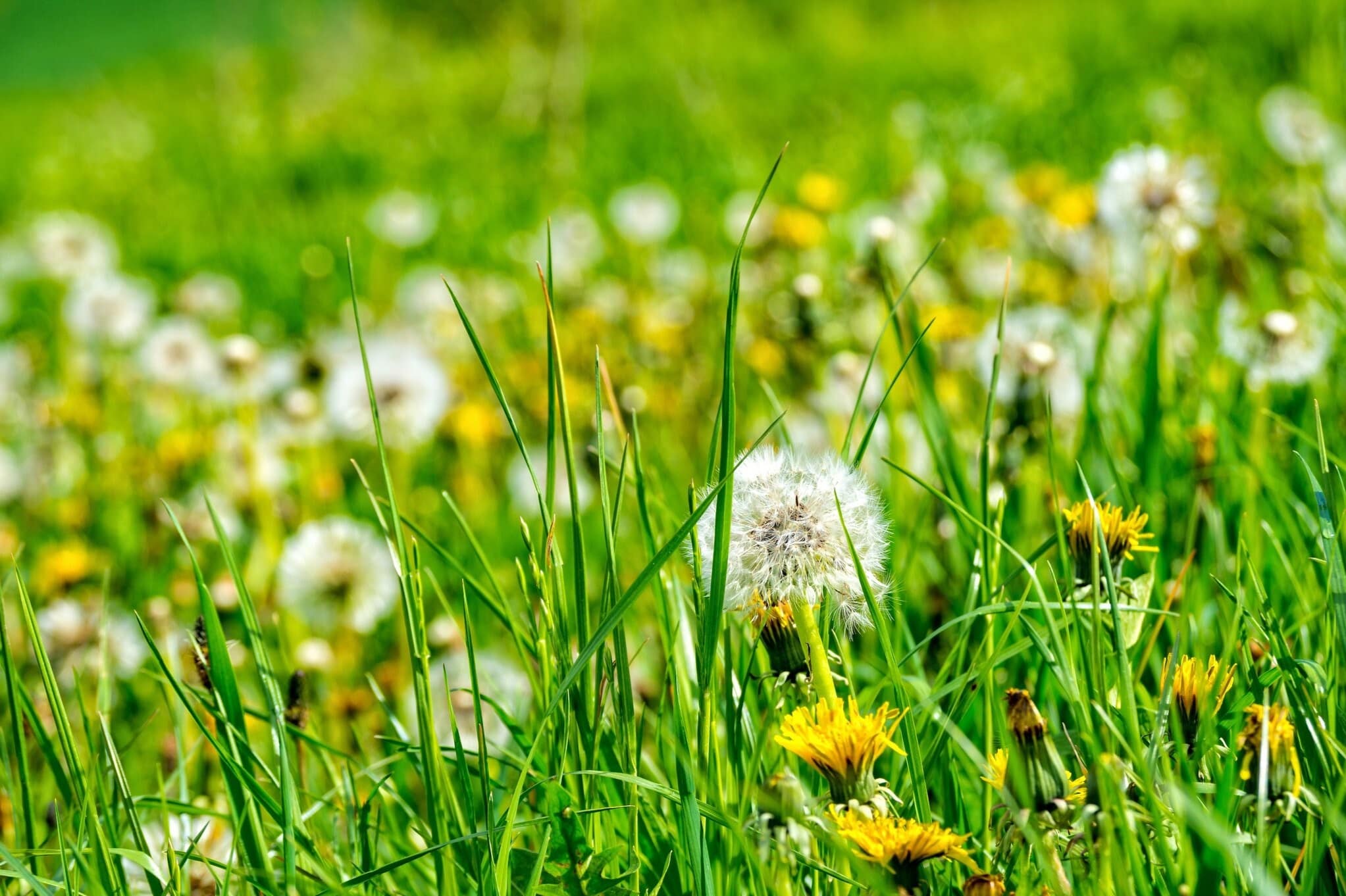
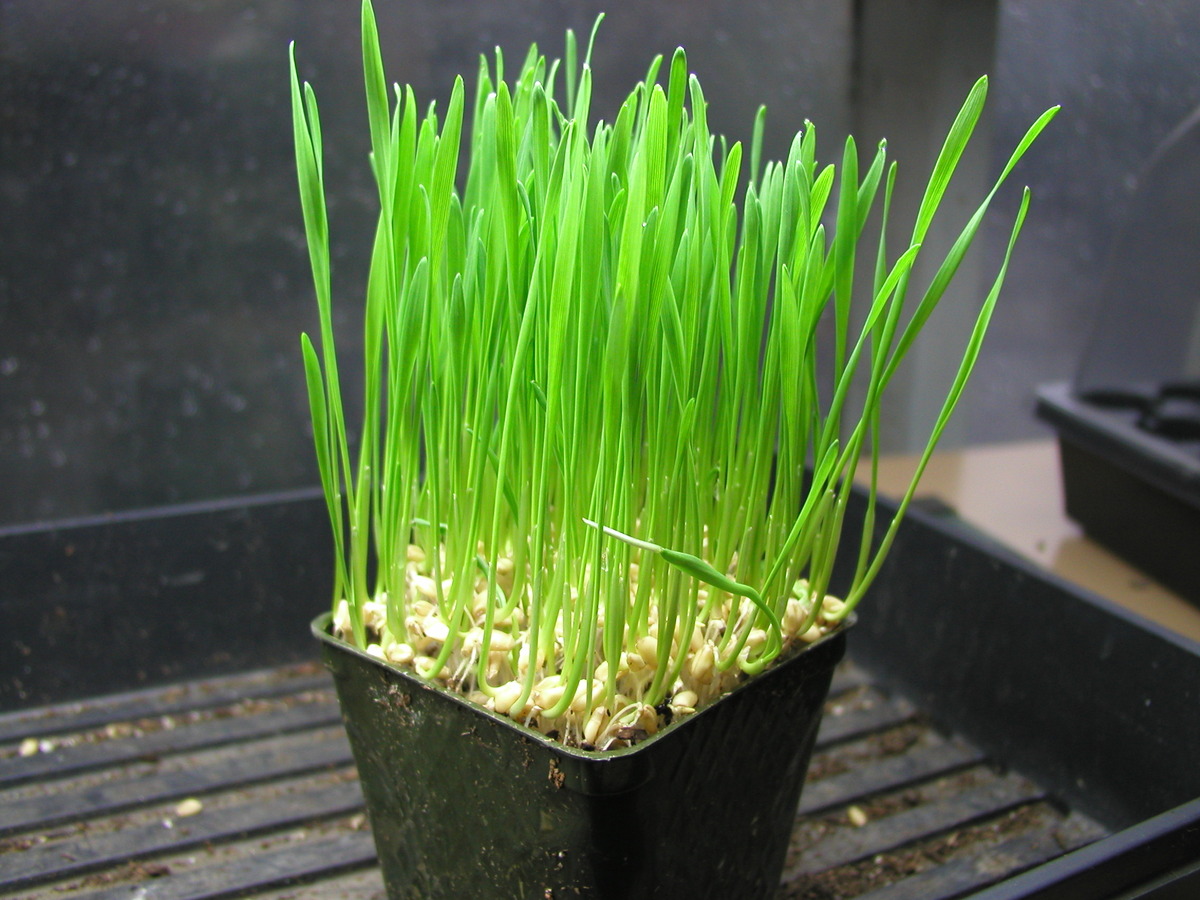

0 thoughts on “In What Month Does The Grass Stop Growing”